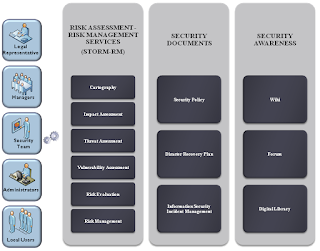Could a cyber attack destroy the electrical grid and leave the nation powerless and in the dark for days, weeks or even months? Would we be prepared, or would chaos ensue?
On Oct. 27, National Geographic will premiere “American Blackout,” a movie that tells the story of a national power failure in the U.S. caused by a cyber attack. The film is told in real time, over the span of 10 days, by the characters depicted in the film who kept filming on their cameras and phones. It will air on the National Geographic Channel.
According to Richard Andres, a consultant for the film, the threat isn’t all that far-fetched. “This was a dramatization of something that is not unrealistic. We don’t need to be this vulnerable. But the first step is people need to be aware that this is a problem”.
The film depicts a nationwide power outage caused by a cyber attack. It takes a point-of-view look by different characters affected by the blackout. Some of the characters depicted include a doomsday prepper family, a family awaiting the birth of their second child, and a group of college students stranded in an elevator.
As depicted in the movie, ATMs would not work and neither would credit cards. Andres said that 20 years ago people were more reliant on cash, which would be able to keep commerce going. But now people are more reliant on virtual money, which would stop commerce.
Andres consulted the film and reviewed the script for elements of realism. He told the creators what scenarios he believed were realistic and said he thought that the movie put the experience into terms that the average viewer could relate to. Although many families are not prepared for an event like this, the doomsday preppers in the film had enough food to last them two years. And although he wouldn’t say if that was extreme or not, Andres said food and water are essential and he would advise people to have more than three days worth on hand at any given time.
On Oct. 27, National Geographic will premiere “American Blackout,” a movie that tells the story of a national power failure in the U.S. caused by a cyber attack. The film is told in real time, over the span of 10 days, by the characters depicted in the film who kept filming on their cameras and phones. It will air on the National Geographic Channel.
According to Richard Andres, a consultant for the film, the threat isn’t all that far-fetched. “This was a dramatization of something that is not unrealistic. We don’t need to be this vulnerable. But the first step is people need to be aware that this is a problem”.
The film depicts a nationwide power outage caused by a cyber attack. It takes a point-of-view look by different characters affected by the blackout. Some of the characters depicted include a doomsday prepper family, a family awaiting the birth of their second child, and a group of college students stranded in an elevator.
As depicted in the movie, ATMs would not work and neither would credit cards. Andres said that 20 years ago people were more reliant on cash, which would be able to keep commerce going. But now people are more reliant on virtual money, which would stop commerce.
Andres consulted the film and reviewed the script for elements of realism. He told the creators what scenarios he believed were realistic and said he thought that the movie put the experience into terms that the average viewer could relate to. Although many families are not prepared for an event like this, the doomsday preppers in the film had enough food to last them two years. And although he wouldn’t say if that was extreme or not, Andres said food and water are essential and he would advise people to have more than three days worth on hand at any given time.
